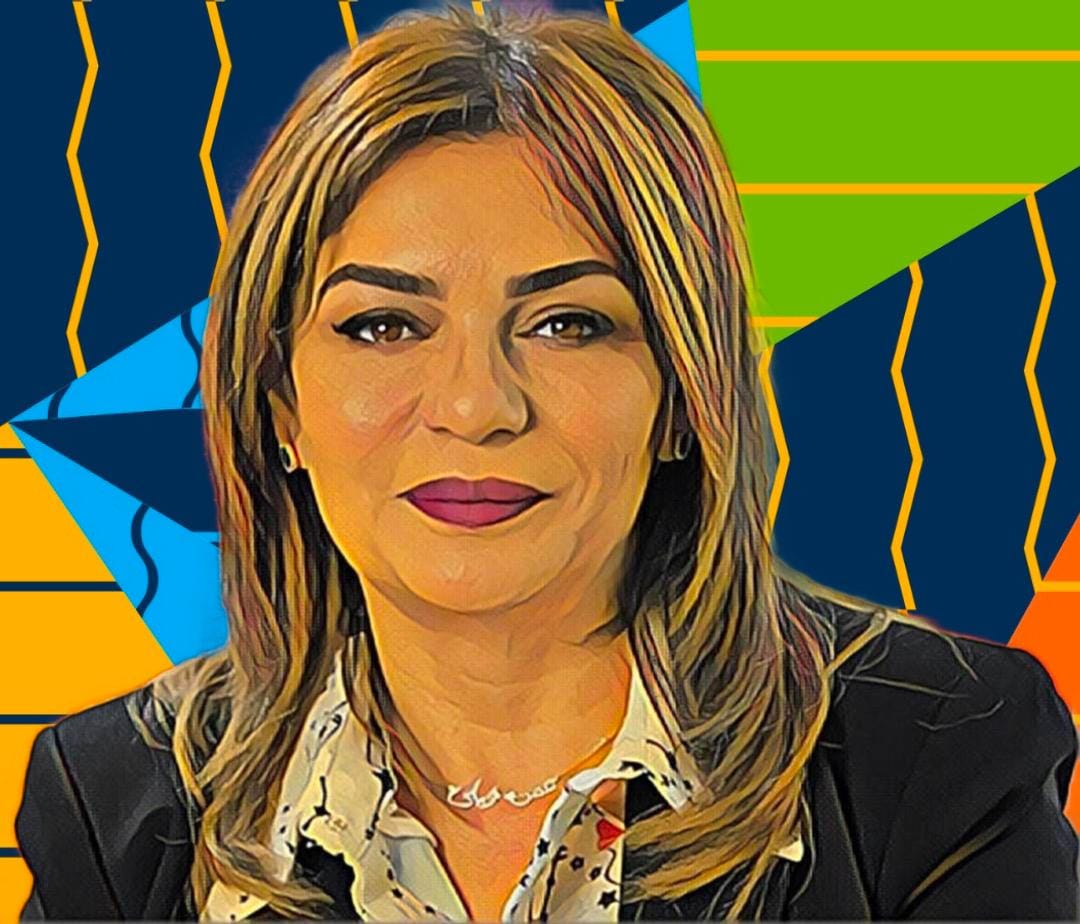Cross-border payments have become a critical pillar in the global economy, facilitating trade, investment, and personal remittances across borders. As businesses and individuals increasingly rely on international transactions, the demand for faster, more efficient payment solutions has grown exponentially. The rise of e-commerce, globalisation of supply chains, and the need for real-time payments in an interconnected world have driven a shift in expectations.
The payment industry globally has been in perpetual transition, converging from a wide variety of legacy financial message and data formats to ISO 20022. This common, global, end-to-end messaging standard is streamlining the financial services industry with its highly structured data exchanges, improved message flows and more accurate compliance processes. Because the ISO 20022 financial messages format features richer data elements and more detailed remittance information, it enables better interoperability between FIs, market infrastructures and customers worldwide.
Since its inception in 1973, the Society for Worldwide Interbank Financial Telecommunication, commonly referred to as Swift, has played a critical role in shaping the financial ecosystem, connecting over 11,000 financial institutions in more than 200 countries. Its network has become the global standard for financial messaging, enabling banks, corporates, and market infrastructures to exchange payment instructions and financial information securely and efficiently.
The adoption of ISO 20022 is a cornerstone of Swifts mission to facilitate instant, frictionless transactions, transforming the payment experience for end-customers. As Martina Luhandjula, regional account manager at Swift, explains, by adopting a common language that enhances data quality and richness, ISO 20022 provides more detailed payment information and greater transparency, resulting in fewer errors and delays. This shift not only drives the industry towards greater digitisation but also boosts operational efficiency and improves straight-through processing STP rates, benefiting both domestic and cross-border transactions.
One of the key benefits of ISO 20022 is the enhanced data quality and richness it offers. According to Luhandjula, ISO 20022 allows for the inclusion of detailed and structured information in payment messages, such as invoice numbers, payment terms, and transaction references. This richer data structure reduces ambiguity in transactions and helps ensure that all necessary details are communicated accurately. For example, when making a payment for an invoice, the ISO 20022 message can include comprehensive details like the invoice number and due date, making it easier for the recipient to reconcile the payment with the correct invoice. This improves the accuracy of financial records and reduces administrative overhead.












